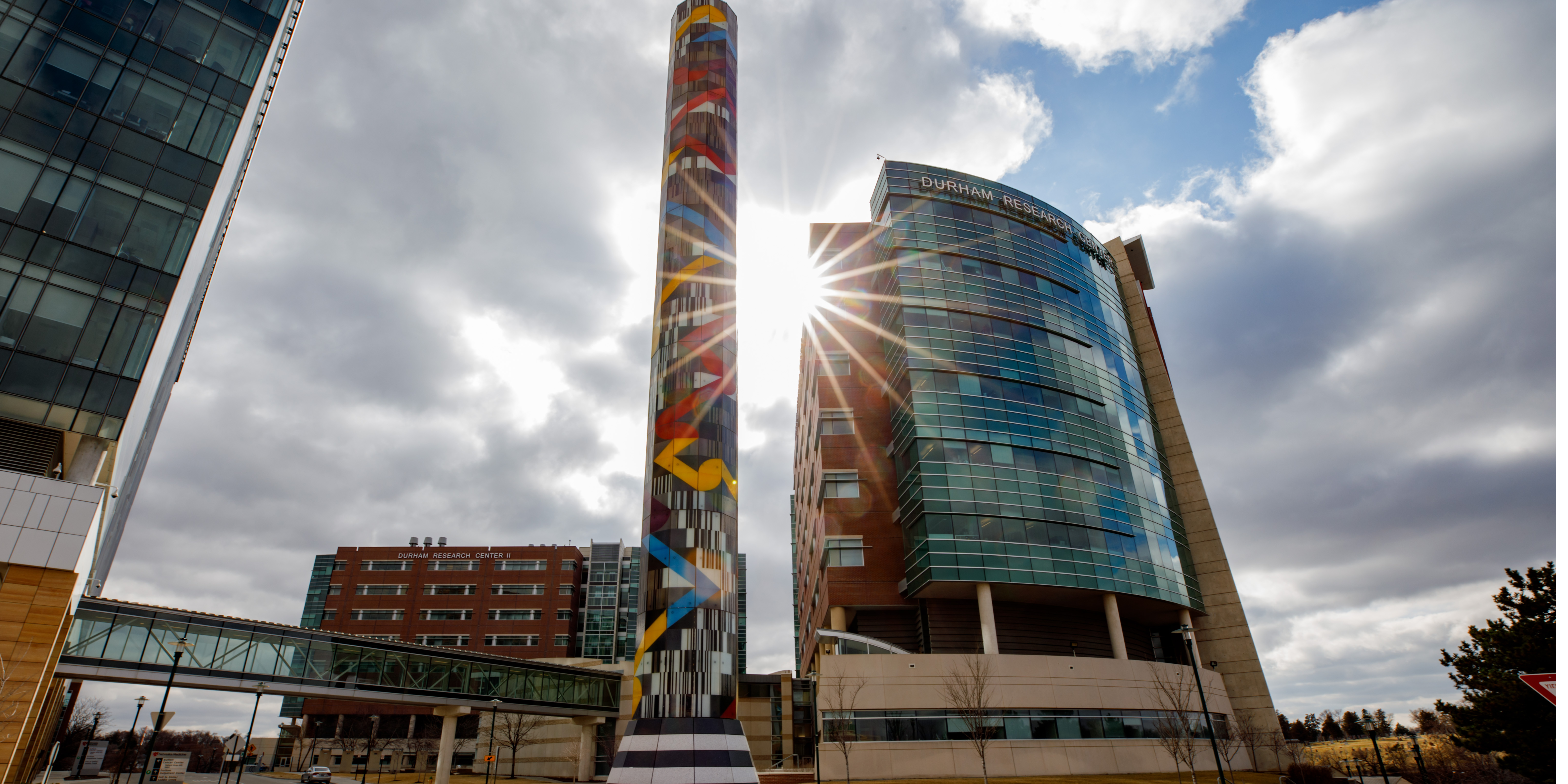
Infectious Aerosol Research Group
About the lab:
The work of the Infectious Aerosol Research Group is generally in the field of aerobiology, the study of airborne microorganisms. This includes biological sensors, building and facility sensing networks, and development of aerosol measurement tools, including those for unmanned aerial vehicles and for biodetection/collection activities. This also includes work to understand optical and other signatures that can be used to detect and identify biological aerosol and studied how those signatures change over time. They have also developed novel methods to study bioaerosol hazards in medical environments. Most recently, these methods have been applied to characterizing SARS-CoV-2 aerosol in the patient environment and characterizing aerosol risk in public spaces. The publications from their work on SARS-CoV-2 aerosol in the clinical environment are in the top 5% of all articles ever tracked in Altmetric, and have hundreds of citations. The work on COVID-19 has been featured in television, radio and print media, including NPR, NBC, The New York Times, The Atlantic Magazine, and National Geographic.
About the PI:
Dr. Joshua L. Santarpia is a Professor of Microbiology and Pathology, Associate Director for Academic Affairs in the Global Center for Health Security, and Program Director for Biodefense and Health Security Degree Program at the University of Nebraska Medical Center. He is also the Science and Technology Advisor for the National Strategic Research Institute at the University of Nebraska. He completed his graduate studies at Texas A&M University and has held past positions at the Edgewood Chemical and Biological Center, the Johns Hopkins University Applied Physics Laboratory, and immediately prior to joining UNMC was a distinguished staff member at the Sandia National Laboratories. Dr. Santarpia is trained in aerosol physics, atmospheric chemistry and microbiology. His peer reviewed research focuses largely on the fate biological aerosols in the atmosphere, detection of biological aerosols and atmospheric chemistry of biological and anthropogenic particles. He has contributed to several books on the characterization and measurement of biological aerosols in the environment.

Joshua Santarpia, PhD